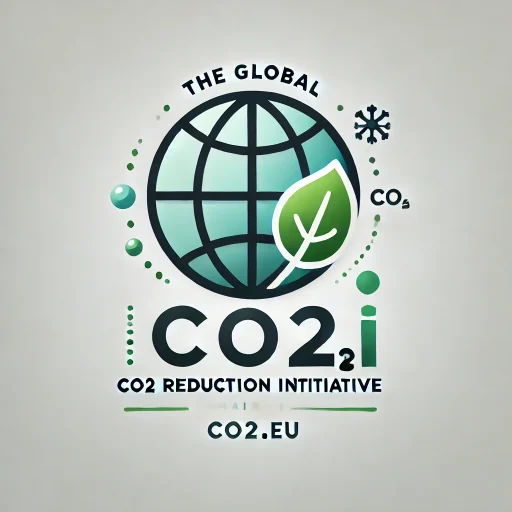Carbon Reduction Activities in Europe: June 16-22, 2025
Executive Summary: During this period, Europe made significant strides in its carbon reduction efforts, focusing on enhancing policy frameworks and technological advancements. Key initiatives included the revision of the EU Emissions Trading System and the introduction of new carbon capture projects. These efforts are part of the EU’s broader strategy to achieve climate neutrality by 2050.
Introduction
Between June 16 and June 22, 2025, Europe continued to advance its carbon reduction strategies, aligning with the European Union’s commitment to achieving climate neutrality by 2050. This report highlights the key initiatives and policy developments announced during this period, focusing on the transportation and industrial sectors.
Policy Developments
One of the significant policy developments during this period was the revision of the EU Emissions Trading System (ETS). The revised ETS now covers more sectors, aiming to enhance its effectiveness in reducing carbon emissions. Additionally, the introduction of a Carbon Border Adjustment Mechanism was announced. This mechanism is designed to prevent carbon leakage by imposing a carbon levy on imports from countries with less stringent emissions regulations.
Transportation Sector Initiatives
The European Union has been actively working to reduce emissions in the transportation sector, which is a significant contributor to overall greenhouse gas emissions. Recent initiatives include the implementation of stricter emissions standards for vehicles and the promotion of electric and hybrid vehicles. Additionally, investments in public transportation infrastructure are being prioritized to reduce reliance on personal vehicles.
Industrial Sector Initiatives
In the industrial sector, the EU is focusing on decarbonizing energy-intensive industries such as steel, cement, and chemicals. This includes the adoption of cleaner technologies and the implementation of carbon capture and storage (CCS) solutions. The EU is also encouraging industries to adopt circular economy practices to minimize waste and reduce emissions.
Conclusion
The initiatives announced between June 16 and June 22, 2025, reflect Europe’s ongoing commitment to reducing carbon emissions and achieving climate neutrality by 2050. By focusing on key sectors such as transportation and industry, the EU is taking significant steps towards its climate goals. These efforts are supported by robust policy frameworks and international cooperation, ensuring a comprehensive approach to tackling climate change.


Recent Comments